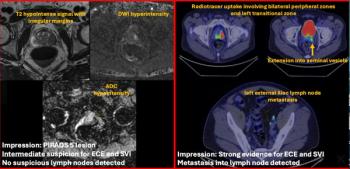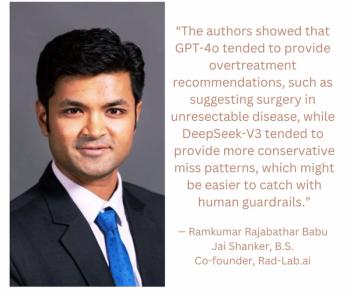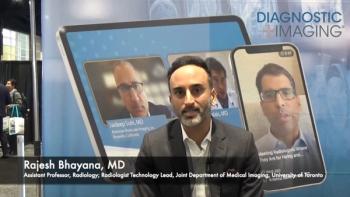
Europe's PACS users must embrace open source
When EuroPACS was founded in the early 1980s, PACS development and implementation were at the frontier of technical innovations in medicine. Commercial systems and vendor solutions did not exist. EuroPACS annual meetings were a unique opportunity to meet the pioneers in the field and learn from their work.
When EuroPACS was founded in the early 1980s, PACS development and implementation were at the frontier of technical innovations in medicine. Commercial systems and vendor solutions did not exist. EuroPACS annual meetings were a unique opportunity to meet the pioneers in the field and learn from their work.
With the rapid evolution of PACS, commercial solutions have emerged and the technical aspects of implementation and system development have become less relevant. Recent PACS research has focused on image analysis, CAD, informatics, economics, advanced modeling of processes, and workflow management systems.
I believe it is time for EuroPACS to return to its roots and pursue its original mission. The society needs to reshape its image and once again become a reference body that can "translate" complex state-of-the-art concepts for the wider clinical and scientific community. It should provide a unique channel between standardization and regulatory bodies and the medical community, able to convey technical specifications and complex regulations and recommendations to people who are not experts in the field. Perhaps most important, this rebranded EuroPACS would be well placed to initiate training programs and education courses, taking advantage of the technical know-how and teaching ability of its members.
Hand in hand with this new educational role, I would like to see Euro- PACS take a more active part in the promotion of open source initiatives. The concept of open source is undoubtedly unconventional, and it poses a challenge to standard ways of working in healthcare. But the open source philosophy gives users more input into the very software they want to use in daily clinical practice.
The growth of open source software in medical imaging is being driven by the increasing need to manipulate and visualize large data sets. Multidimensional and multimodality images require complex visualization and manipulation tools. These images are often acquired in 3D, with an added temporal dimension for applications such as cardiac imaging. Molecular imaging modalities, such as SPECT and PET, add a fifth dimension to these data sets.
Turning raw 3D, 4D, and 5D imaging data into easy-to-read formats requires advanced volume rendering and multidimensional navigation tools that can be manipulated easily by physicians and clinicians who are not expert in digital imaging techniques. These tools are certainly available from vendors, but they are often integrated in high-end, expensive 3D workstations.
Open source software programs help feed the need for convenient, lowcost image display and visualization tools. Custom-made programs are distributed free of charge under licensing agreements. They are often more suitable for general users than their commercial counterparts and have the ability to grow and expand more rapidly in a scientific and academic community.
One example is the OsiriX image visualization platform, developed through collaboration between the University of California, Los Angeles and the University Hospital of Geneva (
OsiriX is just one example of what can be achieved. EuroPACS could become a valuable promotional tool for researchers and developers of similar open source solutions. The diversity and expertise of its members could serve as a forum for the testing and validation of open source software in real clinical settings. Existing links with industry could also help bridge the gap between academic software developers and industrial partners that want to integrate open source software in commercial systems.
I firmly believe that open source tools are going to become an essential part of the next generation of DICOM viewers and PACS workstations. Manipulation of multidimensional image data is poised to become a standard part of medical image management. The time has come for EuroPACS to embrace this open source revolution while following its new mission statement: linking research to clinical practice.
Newsletter
Stay at the forefront of radiology with the Diagnostic Imaging newsletter, delivering the latest news, clinical insights, and imaging advancements for today’s radiologists.




























